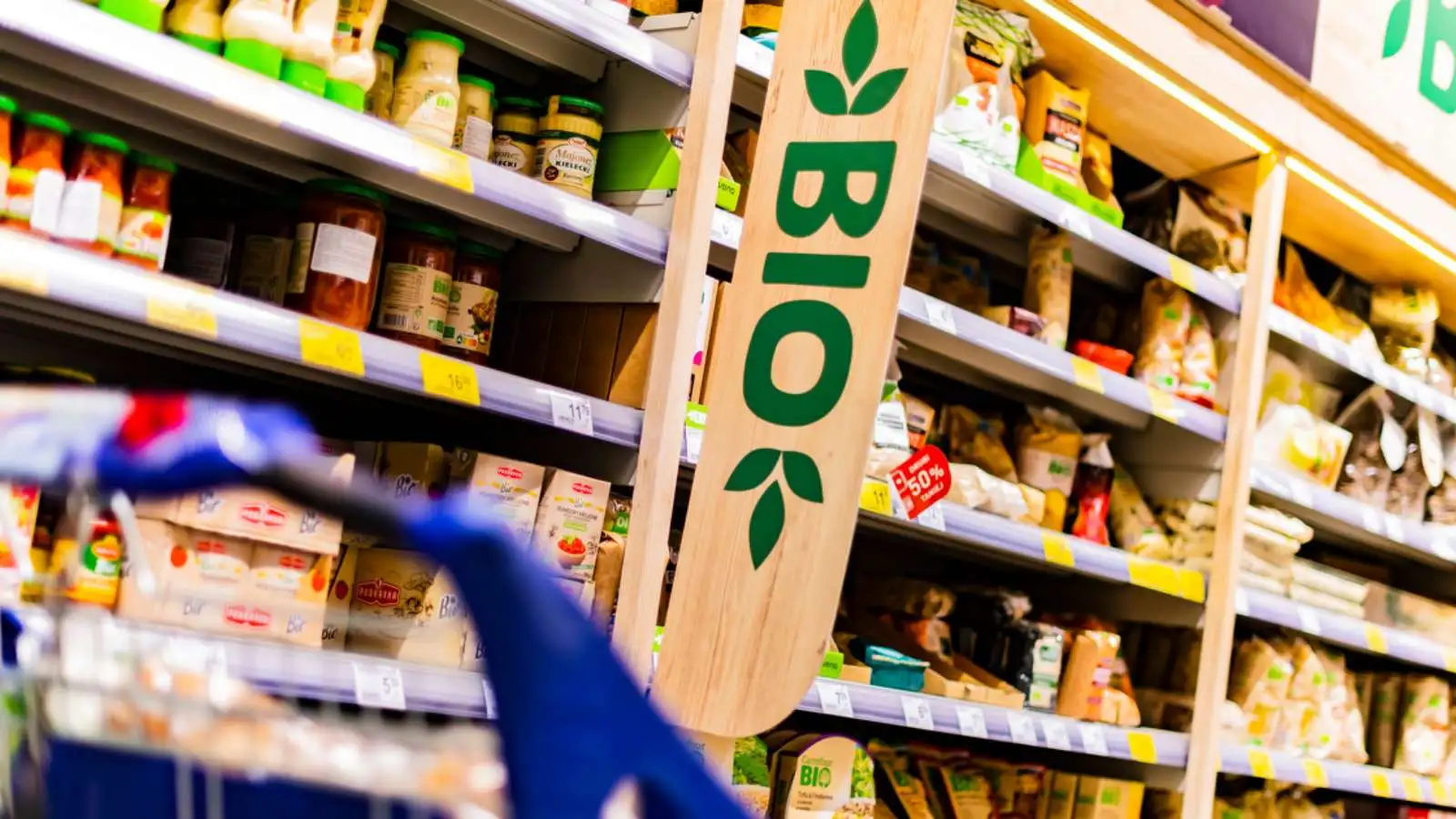Stationery - Offices
Discover how our solutions support industry leaders!
The organic distribution sector is booming, but it faces specific challenges that require an agile and sustainable approach.
Growing demand for organic products, the challenges of traceability and margin management, and the need to adapt to increasingly stringent environmental standards all call for innovative solutions and continuous process optimization.

Specialized chains in the office supplies sector are experiencing some of the strongest price pressure on the market.
Optimizing pricing and supply chain processes is therefore crucial.
Our specialized pricing and supply chain solutions offer precise and innovative functionalities to improve profitability, operational efficiency and customer experience.
Discover how our tools can revolutionize your pricing and supply chain management.
Key issues for the office supplies sector
Price competitiveness
- Intense competition: retailers have to offer competitive prices in the face of local and international competitors, as well as e-commerce giants like Amazon.
- Consumer sensitivity: Customers in this sector are often very price-sensitive, especially for standardized products.
- Dynamic Pricing Strategies: The use of dynamic pricing technologies enables prices to be adjusted in real time according to demand, inventories and the actions of competitors.
Incessant promotions
- Seasonality: Back-to-school and end-of-year periods generate peaks in demand, requiring specific promotional strategies.
- Discounts and Special Offers: Managing promotional offers is crucial to attracting customers without excessively eroding margins.
Perception of Value
- Private labels vs. national brands : Balance prices between own-brands and major brands to optimize margins while maintaining the perception of quality and value.
- Price transparency: Modern consumers are looking for price transparency and clear justification for price differences.
Inventory management
- Inventory optimization: Maintain a balance between having enough inventory to meet demand and avoiding overstocking, which ties up capital and increases storage costs.
- Demand Forecasting: Use of predictive models to anticipate demand, particularly during seasonal peaks.
Returns Management
- Delivery efficiency: Optimize logistics processes to reduce transport costs and improve delivery speed, especially for online orders.
- Returns Management: Implement efficient processes to manage product returns, which is crucial for e-commerce.
Supply chain digitalization
- Traceability and Transparency: Using technologies such as IoT and blockchain to ensure product traceability and supply chain transparency.
- Automation and AI: Integrating artificial intelligence and automation to improve efficiency and reduce errors in supply chain processes.
Supplier management
- Supplier relations: Establish strong relationships with suppliers to guarantee product quality, availability and competitive pricing.
- Diversification of Sources: Reduce the risks associated with dependence on a limited number of suppliers.
Sustainability and Social Responsibility
- Ecodesign: Selection of environmentally-friendly products and materials.
- Reducing the carbon footprint: Optimize supply chains to reduce the carbon footprint, for example, by favoring less polluting modes of transport.
Modules designed to cover your pricing and supply chain needs
collect competitor prices
Data collection on the Internet (Web Scraping) and/or in-store (using our smartphone application).
Match and chain your products
Linking of competing products (automatic based on EAN or compared using a proximity score).
Create your pricing strategies
Design, configuration, and implementation of your pricing strategy. Creation of price alignment rules.




